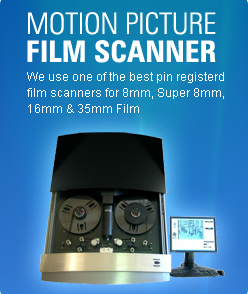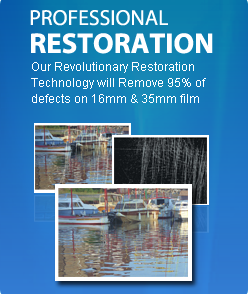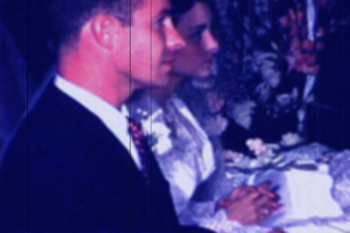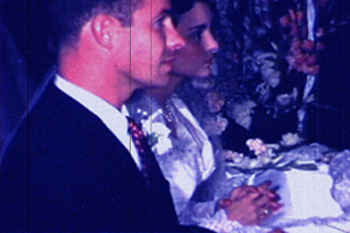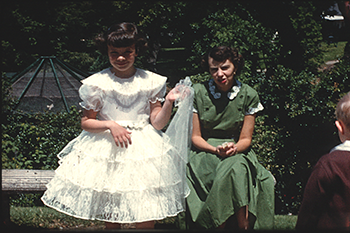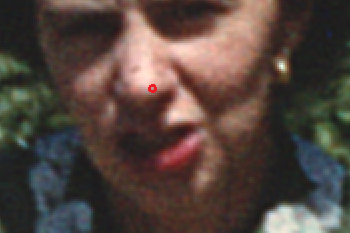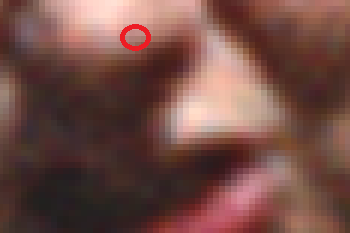
The first table shows how the same film looks using our 4 different processes. You can see that the difference can be significant for our Oakland customers.
The second table presents a case for scanning 8mm and Super 8 film at 2K resolution. In the past year we have done 20 comparisons. Contrary to popular belief, we do see a noticeable difference in quality between our Pro HD and Pro 2K process on 8mm and Super 8 film.
8mm And Super 8 Film Oakland |
|
SD Scan
|
|
Pro HD Scan
|
|
Pro 2K Scan
|
|
Pro 4K Scan
|
|
Film Resolution |
|
Resolution of Film |
|
Film Grain
|
|
Film Grain vs Digital Pixel
|
|
So, for example, if you are looking for the best quality DVD, scan your 8mm or Super 8 at HD. If you are looking to go to BluRay then scan your 8mm or Super 8 at 2K.
Oakland Fun Facts: Originally settled in 1820 and named after the huge oak trees found in the area, Oakland grew dramatically during the gold rush of 1849 and was incorporated as a city in 1854. About 50,000 refugees fled to Oakland after the San Francisco earthquake of 1906, many settling there permanently. The opening of the (San Francisco-to-Oakland) Bay Bridge in 1936 helped the city's growth; during World War I, Oakland was a major shipbuilding center, attracting a huge blue-collar work force. Today, Oakland is a major center of commerce and industry, home to Fortune 500 companies such as Clorox and Golden West Financial, and around 400,000 people in just 56 square miles of land.
California Fun Facts: With millions of acres of farmland, California leads the U.S. in agricultural production. The state is also home to famous cultural institutions and national parks including: Hollywood, Disneyland, Yosemite National Park, Alcatraz, Angel Island and the Golden Gate Bridge. The first Spanish missionaries arrived in California in the 1700s, but California didn’t become a U.S.
